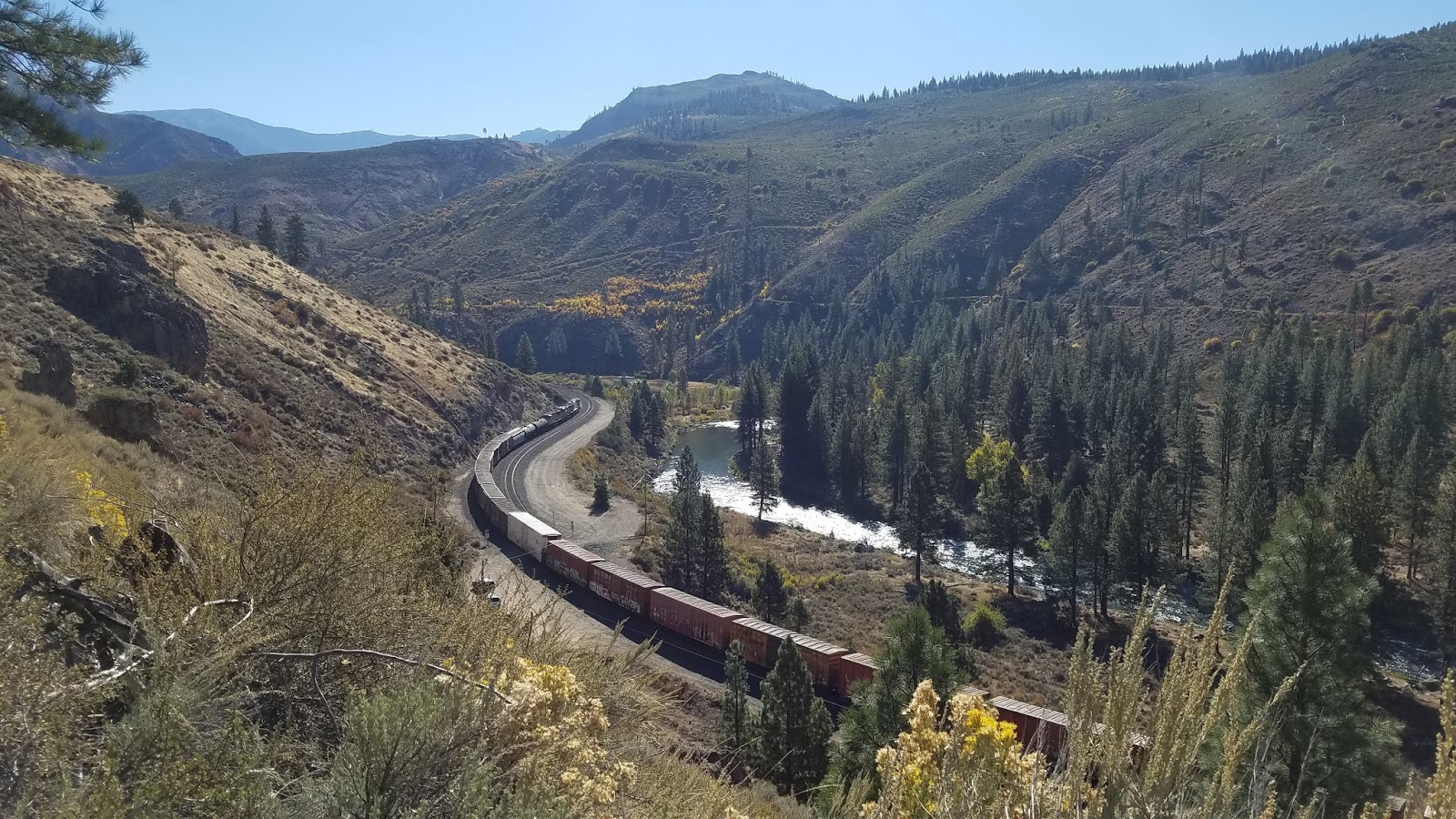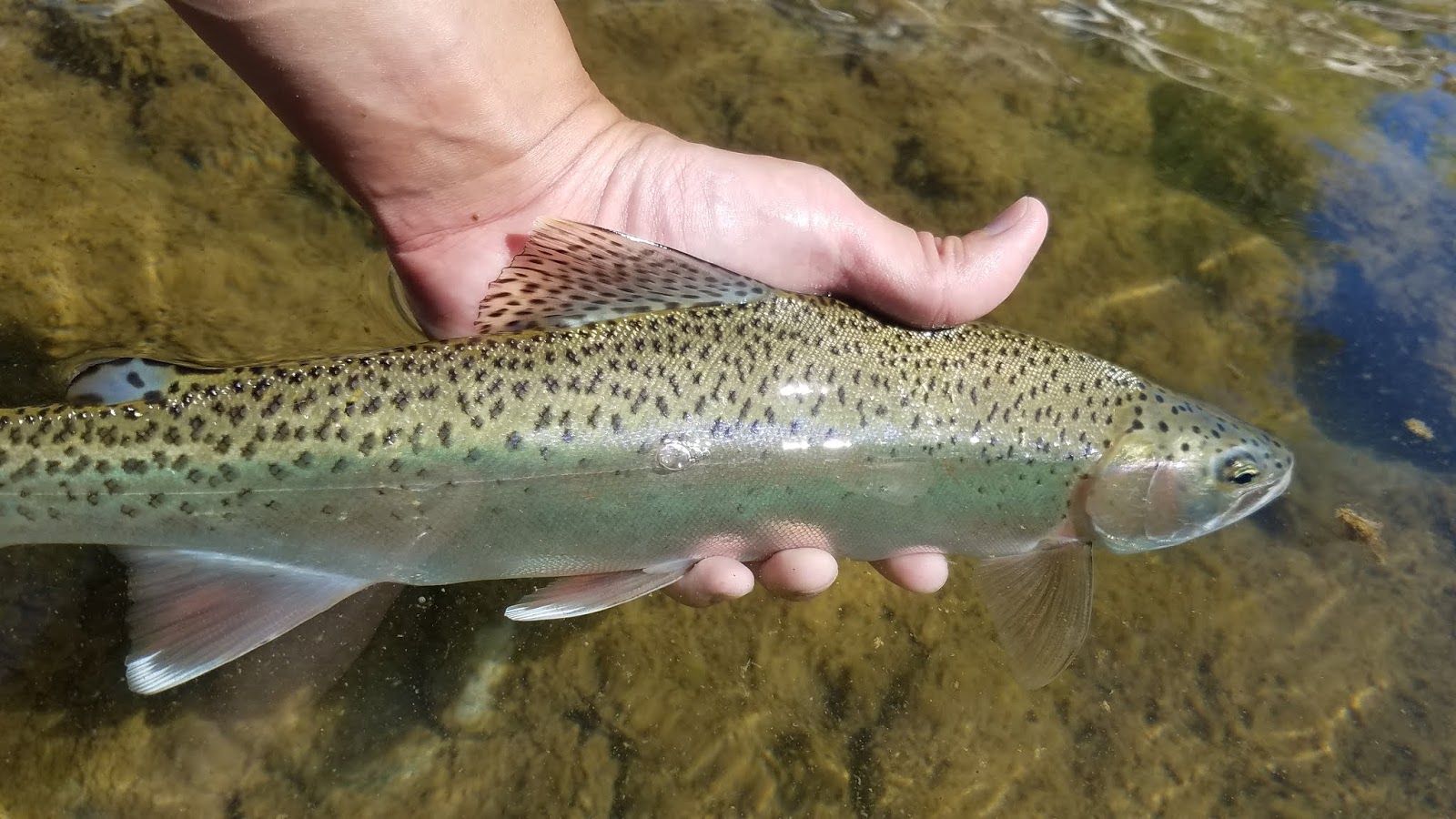 |
| Oh How I’ve Miss You |
It’s official, I’m back in Yuba City! Chico has truly been a great 5 years of my life. A lot has happened within those five years: college life, meeting new friends, meeting my future wife, figuring out what I want to do in life, and the list goes on. Now that I am back though, I am looking forward to contributing back to the community I grew up in as well as exploring and getting to know my local waters.
My first trip back home was to the Yuba River.
Yuba River
This is my favorite river to fish and I’m very fortunate to be living close to it again. The Yuba can be extremely frustrating and challenging but with time and dedication, it can reap nice rewards.
 |
| Yuba River Love |
July is the beginning of the finicky months of fly fishing the Yuba. Summer is now in full force with hot weather, warming waters, and long daylight hours. The majority of the bugs are pretty much done hatching and activity will remain dormant until the weather cools down in the fall.
This will mark California’s fourth year of the drought which isn’t helping with the river conditions this summer. The fishing can still be good, just don’t hold your breath on catching a lot of fish.
Here’s an oxymoron for you. The Yuba River and streamers.
What an absolutely absurd idea! Well it turns out it was probably the best idea ever.
 |
| Streamers Going To Work |
My recent introduction to fly fishing streamers has produced amazing results. Throwing streamers invokes a fish’s fight or flight response. More often than not, the big fish will attack the fly in attempts to kill and eat it,
while the smaller fish will leave it alone. If the fish aren’t eating, make them
mad and the Hero Sculpin does it.
The Yuba has been sitting at a good 1000 CFS since June
making the water cool and fishable. The higher water is keeping the fish happy
with more places to hide during the day and more feed to go around. With that
being said, the fish aren’t really eating nymphs. The first day I fished the Yuba, I
had four takes on nymphs which is incredibly slow. The first one I landed was a
dink and the next three I lost.
 |
| Yuba Dink |
Now that I’m living closer to the Yuba I can experiment
some more without the feeling of skunk on the long drive home. Since
nothing was eating, this was my chance to try fishing a streamer to see if it was an effective tactic out on the Yuba. To my amazement, my heart about stopped
when my line went tight. Using this strategy, I lost four nice bows that immediately threw the hook
by leaping in to the air. They were smashing the fly hard but because they were
super jumpy they all threw the hook.
After losing a couple of fish the heat was beginning to set in. I had covered as much water as I could for the day. For my last few casts I threw
my streamer into a nice hole. As I retrieved it I got a bite. It felt big but
it didn’t grab the hook. I threw my fly upstream again in attempts to entice it
to bite again. Bam! I set the hook and could see the fish’s big silvery sides
as it shook its head into deeper water. But this fish had a black stripe
running through the middle of it. Could it be?
 |
| Epic Pike-Minnow |
The following day I went out to the Yuba again to try and
redeem myself. Of course the bugs weren’t working like I wanted them to so I tied on the streamer. The
day ended with me going 3 – 4.
 |
| 18 Inches of Yuba Bow |
I also did some trash picking on Parks Bar Road after I finished fishing. Pack out what you pack in people!
 |
| Yuba River Trashman |












